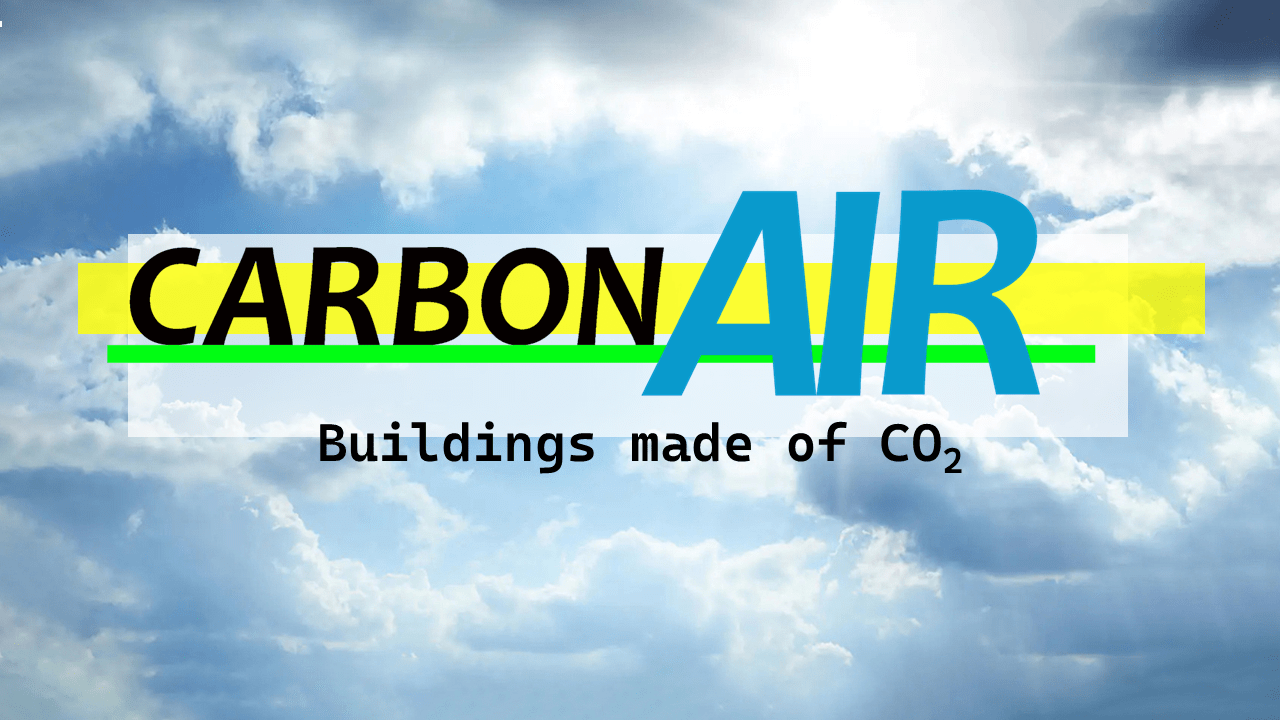
HYDROGENATE – Sustainable natural gas from waste
HYDROGENATE is a technology to convert any kind of waste into Renewable Natural Gas (RNG). A combined hydrogenation SOEC reactor with high efficiency.
We have developed a technology that combines the hydrogenation of biomass and waste to renewable natural gas (RNG) with the provision of the necessary hydrogen via electrolysis. In contrast to incineration, HYDROGENATE does not emit any CO2, in contrast to landfilling, no pollutants are released into nature, and in contrast to pyrolysis, a pure end product is produced which can be immediately used as a substitute for costly natural gas or as a renewable raw material: Renewable natural gas (RNG).
HYDROGENATE allows the recovery of nutrients contained in the waste, such as phosphorus, and the decomposition or separation of pollutants. The objective is to treat all kinds of waste with HYDROGENATE, such as industrial and municipal waste, sewage sludge, plastics, or used tires. Whether contaminated or not.
Waste hydrogenation. How does it work?
HYDROGENATE is a technology to convert waste to renewable natural gas (RNG). The innovation is the close integration of a modular and scalable hydrogenation reactor with Solid Oxide Electrolysis Cells (SOEC). The integration is achieved under uniform pressure and temperature conditions. The hydrogen is generated inline directly in the reactor so that no intermediate storage is required. The combination of exothermic hydrogenation with endothermic electrolysis is expected to achieve unprecedented efficiencies.
The HYDROGENATE opportunity
HYDROGENATE: Substitute your natural gas demand with waste-derived renewable natural gas (RNG).
Key enabling technology for carbon removal
Climate scientists propose removing CO2 from the atmosphere on a gigaton scale to counteract runaway climate change. Our answer is to convert waste to Renewable Natural Gas (RNG) – instead of incinerating or dumping it. RNG is already a platform raw material for many industrial applications. Our HYDROGENATE technology is a universal enabler for this conversion. 3 gigatons of waste are produced by the world per year and a similar amount of CO2 would be prevented from re-emitting into the atmosphere if treated with hydrogenation. Since most waste is organic, hydrogenation creates a carbon-negative feedstock: RNG. CarbonAir uses this RNG to produce carbon-negative cement for green buildings and cities. CarbonAir cement thus opens the 2-4 gigatons per year building materials market for carbon removal.




